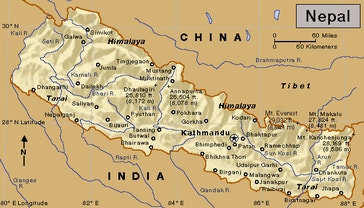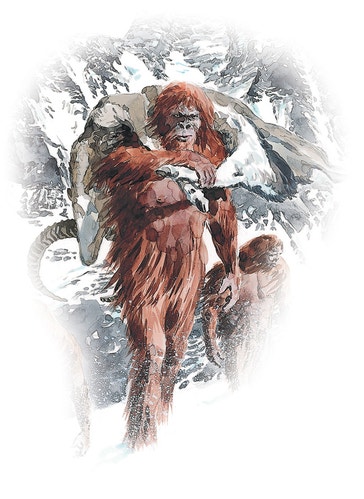오늘의 한마디
Mount Everest
Mount Everest is the highest mountain in the world. It rises about 51/2 miles (8.9 kilometers) above sea level. It is one of the mountains that make up the Himalaya, on the frontiers of Tibet and Nepal, north of India.
In 1999, a team of researchers used advanced satellite technology to calculate the mountain's height at 29,035 feet (8,850 meters). However, the same geological forces that created Mount Everest are still at work. The mountain will probably grow higher over the course of many years.
Mount Everest was named for Sir George Everest, a British surveyor-general of India in the 1800's. Tibetans call Mount Everest Chomolungma. Nepalese call the mountain Sagarmatha.
Many climbers have tried to scale Mount Everest since the British first saw it in the 1850's. Avalanches, crevasses, and strong winds have combined with extreme steepness and thin air to make the climb difficult. On May 29, 1953, Sir Edmund Hillary of New Zealand and Tenzing Norgay, a Nepalese Sherpa guide, became the first men to reach the top. They were part of a British expedition led by Sir John Hunt. It left Kathmandu, Nepal, on March 10, 1953, and approached the mountain from its south side—which had been called unclimbable. As the climbers advanced up the slopes, they set up a series of camps, each with fewer members. The last camp, one small tent at 27,900 feet (8,504 meters), was set up by Hillary and Tenzing Norgay, who reached the summit alone. See Hillary, Sir Edmund P.; Tenzing Norgay.
In 1956, a Swiss expedition climbed Mount Everest twice. The expedition also became the first group to scale Lhotse, the fourth highest peak in the world and one of the several summits that make up the Mount Everest massif (the main part of a mountain range).
In 1963, Norman G. Dyhrenfurth led a United States expedition that climbed Mount Everest. On May 1, James W. Whittaker, accompanied by Nepalese guide Nawang Gombu, became the first American to reach the top. He climbed to the summit from the south. Thomas F. Hornbein and William F. Unsoeld, members of the same expedition, became the first people to scale the difficult west ridge. They reached the top on May 22.
On May 16, 1975, Junko Tabei of Japan became the first woman to reach the top. Her party climbed the southeast ridge. Later that year, on September 24, Dougal Haston and Doug Scott became the first climbers to reach the top by climbing the mountain's southwest face. Haston and Scott were part of a British expedition. On May 10, 1980, two members of a Japanese expedition, Takashi Ozaki and Tsuneo Shigehiro, became the first people to reach the top from the north.
On May 5, 1988, two expeditions reached the top of Mount Everest from opposite sides for the first time. The climbing teams consisted of members from China, Japan, and Nepal. A team of three began in Nepal and climbed the mountain's south face. A team of eight began its climb of the north face in Tibet.
In 2010, Chinese and Nepalese officials agreed to record the official height of Mount Everest as 29,029 feet (8,848 meters). This figure, which includes the mountain's snowy cap, was based on an Indian survey of the mountain taken in 1955. The officials noted that the mountain's height without the snow is 29,016 feet (8,844 meters). This figure was calculated by China's State Bureau of Surveying and Mapping.
Some Sherpas claim a creature that they call the Yeti, or Abominable Snowman, lives around Everest. But climbers have not seen it.
Sir Edmund P. Hillary, LL.D., First climber to reach the summit of Mount Everest; author, High Adventure.

